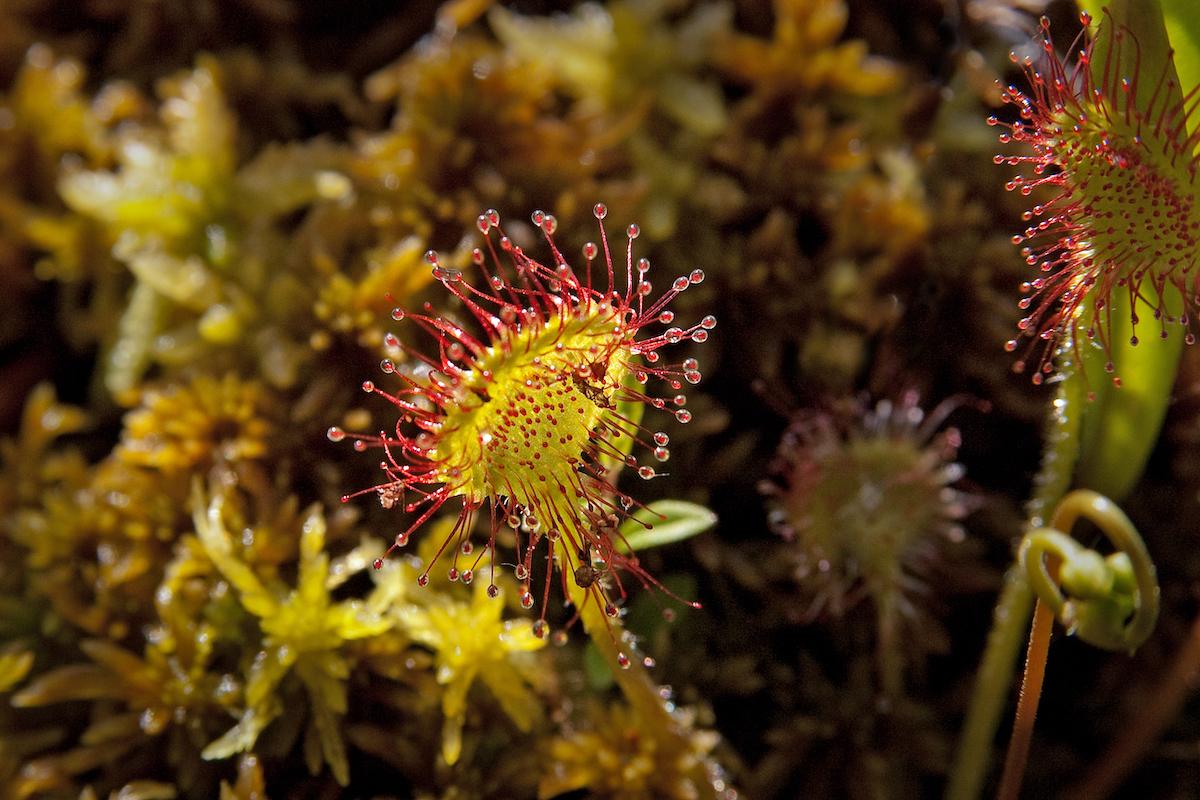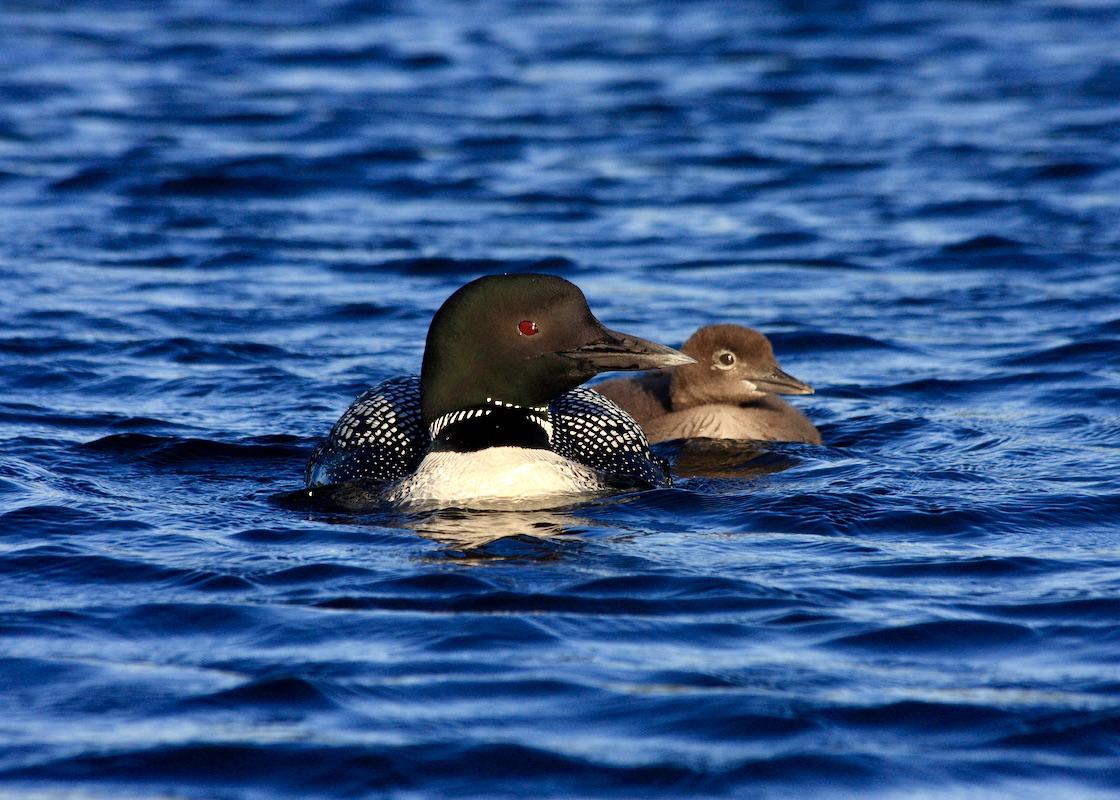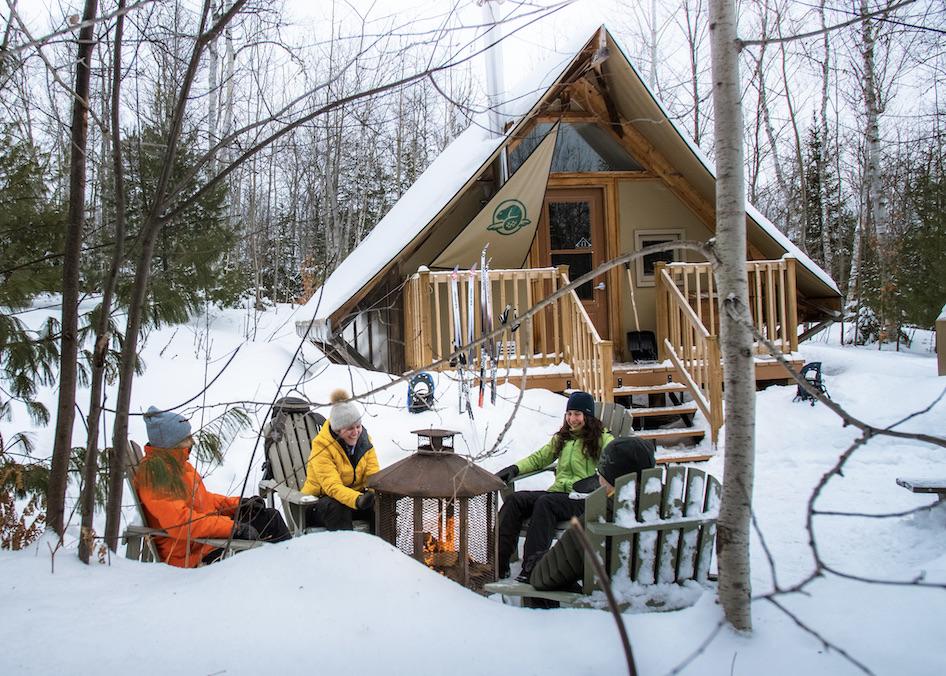
The carnivorous Round-leaved Sundew (dewplant) can be found in La Mauricie/Parks Canada
The new management plan for La Mauricie National Park outlines four key strategies to guide the next 10 to 15 years.
The first strategy involves protecting the Quebec park’s natural heritage and acting to restore its integrity. Staff will continue ecosystem restoration programs, launch recovery plans for species at risk, develop tools to measure the impact of climate change and implement sustainable and environmentally friendly practices.
The second strategy promises to protect “traces of the past through storytelling,” particularly with First Nations partners.
Strategy three aims to offer “a diversity of experiences in all seasons, in a unique natural and cultural setting.” There will be more accessible and inclusive experiences, better promotion of winter and fall visits, and a review of how people without vehicles might experience the park.

Watch for loons in La Mauricie National Park/Parks Canada
Finally, La Mauricie aims to be “accessible and well-integrated into the regional community.” It’s between Quebec City and Montreal, open year-round and attracts more than 200,000 annual visitors.
"National parks are some of Canada’s crown jewels,” François-Philippe Champagne, Minister of Innovation, Science and Industry, and Member of Parliament for Saint-Maurice—Champlain, said in a news release after the plan was tabled in Parliament. “They represent the power and history of our natural environments, and La Mauricie National Park is no exception.”
Reviewed every 10 years, management plans are required under the Canada National Parks Act and guide the management of national parks, historic sites and marine conservation areas. La Mauricie’s plan was developed through consultations with Indigenous communities, other partners and stakeholders, local residents, and current and former visitors.
Geneviève Caron, the Parks Canada superintendent for the Mauricie and Western Quebec Field Unit, said her team “looks to the future to continue protecting and enhancing this regional icon for current and future generations.”

La Mauricie is open year-round and is halfway between Montreal and Quebec City/Parks Canada
Established in 1970, La Mauricie is 536 square kilometres (207 square miles) — the size of the island of Montréal. It has 150 lakes and rivers, and 93 per cent of its territory is covered by forest.
Before the park was established, the area endured an intensive period of commercial logging in the middle of the 19th century. The territory was divided into forest concessions to collect trees for sawing. Lakes and rivers were developed (through dredging and the construction of dams and slides) to transport the wood. The end of the 19th century ushered in a new era of logging for pulp and paper production.
“Logging has significantly altered the regional landscape,” the management plan notes, “and its impact on the park’s forest, wetland and aquatic ecosystems is still felt today.”
Parks Canada's Conservation and Restoration Program — which carries out projects to restore aquatic and forest ecosystems — is part of the agency's mandate to protect and enhance La Mauricie’s natural heritage by returning the land to its natural state after more than 150 years of forestry operations and wildlife harvesting.
A 63-kilometre (40-mile) parkway with multiple lookouts runs through the park. Visitors can stay in three equipped campgrounds and two heritage lodges or in rustic backcountry facilities. There are extensive hiking/biking trails, cross-country ski/snowshoe trails and canoe routes.
La Mauricie is home to dozens of species of risk, including the eastern wolf, wood turtle and several species of bats.



Add comment